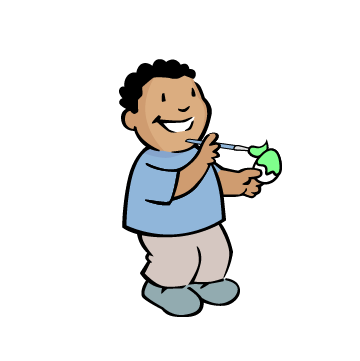Boston Children's Museum
308 Congress Street, Boston, MA 02210
617-426-6500
© Boston Children’s Museum 2025
Website Design by JackrabbitBefore oil paints were invented, painters used egg yolks as an ingredient in their paint. Your kids can paint like the old masters by creating their own egg tempera paint. This activity is part of the Incredible Egg series of activities, which are designed to be done during the Spring—start your students off with some of the “egg science” activities, then move on to egg art, like this activity, and finally take the Egg Drop Challenge!
See the instructions for The Incredible Egg for preparations regarding all of the activities in this series. For this activity you will need to collect several egg yolks, approximately 2 per student. Make sure to try out all of the other “Incredible Egg” activities:
Egg Science Activities:
Egg Art Activities:
Culminating Activity:

Ask your students what they think artists did a long time ago, before there were art supply stores where they could buy paint. Did they make their own? What kinds of materials do they think the artists used to make paint? Tell them that they will be creating a kind of paint used by many famous painters, and that it is still used by some artists today. This paint is special because it is made from egg yolks!
Make your own egg tempera paint, then use it to paint your masterpiece!
Ask your students what words they would use to describe the egg paint. Do they notice that it is shiny? This shininess makes egg tempera paint special, and it is why some artists still like to use it when they paint today.
Have students create more paintings, or add to their current work.